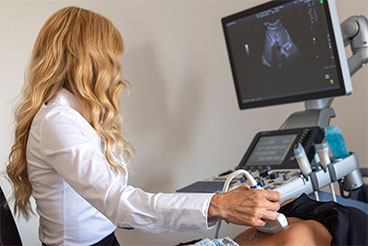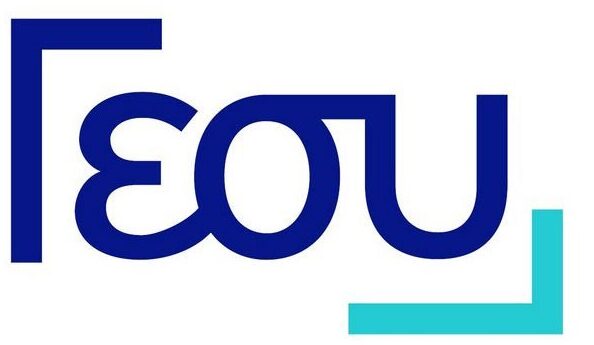
Opsis has a new state of the art GE Logiq S8 with XDClear, which is a high-end multi-purpose ultrasound machine. This ultrasound is designed for abdominal, obstetrics, gynecology, breast, small parts, vascular/peripheral, transcranial, pediatric and neonatal, musculoskeletal, urological, cardiac with 27 sets of transudcers supporting from routine exams to in-depth procedures required quality and proven clinical history. Additional is Strain and Shear Wave Elastography for the quantitative assessment of tissue elasticity, for direct comparison of tissue differentiation with suspected malignancy
Ultrasound is a painless, patient-friendly examination with no radiation at all.
Ultrasound is an examination with a high degree of subjectivity (operateror dependent) and the correct diagnosis depends to a large extent on the training and experience of the doctor who performs it.
In recent decades, the guiding principle of radiation safety is “ALARA”. ALARA stands for “as low as reasonably achievable”. This principle means that even if it is a small dose, if receiving that dose has no direct benefit, you should try to avoid it.
Thus, based on the above, ultrasound is the most important diagnostic tool in the quiver of the modern radiologist.
Ultrasound examinations
Ultrasound of children and adults
Pediatric ultrasound
Τhe child is not a small adult!
Ultrasound in children requires specific probes, proper adjustment of the ultrasound in specific examinations (ex. brain ultrasound, specialty and experience.
Ultrasound of upper and lower abdomen (liver, gallbladder, bile ducts, kidneys, pancreas, aorta, urinary bladder, uterus, ovaries and prostate)
Pyloric/gastrointestinal system ultrasound
Ultrasound of the ovaries and uterus- development control.
Νeck/thyroid gland ultrasound
Hip ultrasound (ultrasound of the developmental dysplasia of the hips -Graf method or for investigation of intrarticular effusion.
Brain ultrasound (only in newborn and infants and only until the anterior fontanelle is open around 12th month)
Vertebral column/spinal cord ultrasound: only in newborns and infants for the investigation of congenital disorders of the spine and spinal cord, belonging to the spectrum of dysraphism (spinal bifida, lipoma, filum terminale, fistula etc ).
Adults ultrasound
Ultrasound of the upper abdomen (liver, pancreas, spleen, bile ducts, kidneys)
Preparation is required: at least 4 hours fasting.
Ultrasound of the lower abdomen
Man: urinary bladder, prostate gland, before and after the urination
Woman: uterus, ovaries, urinary bladder.
Preparation is required: 4-5 glasses of water,1,5 hours before the examination and do not urinate until the end of the examination.
Breast ultrasound
Elastography, core biopsy of breast lessions
Ultrasound of thyroid gland, parathyroid glands, salivary glands and neck.
Mapping of cervical lymph nodes
Elastography and FNA of thyroid nodules
Scrotal ultrasound
Myosceletal ultrasound
(joints, muscles, soft tissue)
Colour doppler ultrasound examination
Abdominal aorta
Splenoportal system
Renal arteries
Arteries and veins of upper and lower limbs
Carotid and vertebral arteries
Scrotal vessels
Thoracic ultrasound (pleural effusion, diaphragm mobility control etc)
Liver elastography
Νοn invasive procedure for the investigation of hepatic fibrosis and liver cirrhosis. Measurements of liver elasticity due to shear waves within the tissues when they are distorted by a sound pulse. From the measurements, we determinate the stage of the fibrosis or chirrosis. Ιt has replaced biopsy and is a reliable, painless and fast method
(last about 10 minutes). According to the treatment protocols, either biopsy or liver elastography is necessary for the diagnosis and initiation of treatment of patients with diffuse liver disease.

